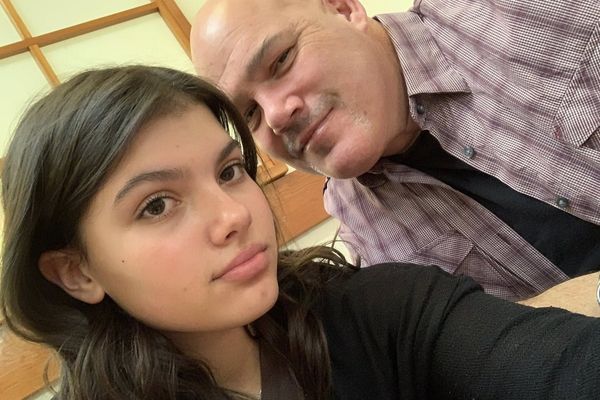
“Ticket sales still 19% down on 2019.” “Can the Edinburgh fringe survive?” It was surprising to leave a jam-packed, jubilant festival to read those headlines, but then, that’s the fringe for you: so all encompassing and vast that anything can be said of it – It’s thriving! It’s doomed! It’s art! It’s capitalism! – and still be true. But the facts remain the facts: 2.5m tickets were sold for this year’s fringe. That’s an 11% increase year-on-year, but still lower than the comparable figure for the fringe’s last pre-Covid year.
Add that to complaints about the city’s out-of-control accommodation costs, which exclude or bankrupt performers and audiences both, and it can look like a grim picture for the world’s biggest arts festival. Whither the Edinburgh fringe when the artists on whom it depends are in open revolt, and audiences, amid a cost-of-living crisis, refuse to return in sufficient numbers?
The box office figures don’t tell the whole story. I wasn’t the only observer who felt that the pre-Covid fringe was too addicted to growth. The 2019 fringe featured 3,841 shows; in 2023, there were 3,553. That’s almost 10% fewer, which – while not wholly accounting for them – puts the lower ticket sales into perspective. The Fringe Society, which organises the festival, aims to increase sales, of course – but not necessarily, I’m told, by scaling back up to the event’s 2019 dimensions.
That may take time. There’s no shame meanwhile at having sold “only” 2.5m tickets, plus the tens of thousands of unaccounted-for attenders at Free Fringe and street theatre shows. It is, says Fringe Society chief Shona McCarthy, “an Olympic-scale project happening every single year”. Let us be clear: the fringe is huge, and hugely popular, far beyond the usual cohort of arts-goers. And no one in Edinburgh over the past month looked at the tumultuous 360-degree spectacle unfolding around them and said: “If only this festival were bigger still.”
So while organisers and artists alike might wish for more bums on seats, there’s no panic. UK tourism is still down, by an estimated 10%, on pre-pandemic figures; more fringe-goers than pre-Covid come from Edinburgh and Scotland. Tourism may rise again and the cost-of-living crisis is (we hope) temporary. No, the festival’s real problems are away from the box office and they circle around that most intractable of issues, accommodation costs.
This issue is a key part of the wider discussion around accessibility, as many artists (particularly those from lower socioeconomic backgrounds) find themselves unable to take part – and many more haemorrhage money to do so. They’re one of the reasons, alongside major cuts to arts funding, that producers and programmers, anecdotally at least, struggle to attend the fringe in the numbers they once did. They must also be a factor in the reduced tourist presence.
If I look at this year’s fringe for signs of change, I see, for example, a slight increase in artists performing shorter runs. I see none of last year’s nine Edinburgh comedy award nominees returning this year with a new show – suggesting some teensy shift, perhaps, in the risk-to-reward calculus. I see the difficulty that UK media critics, the Guardian’s included, have in finding accommodation for the festival (notwithstanding that – according to Fringe Society stats – 25% more reviews were published this year, another sign of a thriving event.) These are all issues that could be addressed by a reduction in the city’s sky-high rents.
The Fringe Society is making confident noises that key stakeholders – Edinburgh city council and the Scottish government, notably – have wised up, at last, to this issue. This is crucial: it’s hard to see accommodation costs being tackled without legislative intervention – or a whole lot more subsidy being passed on artists and their teams. This week, 27 Edinburgh fringe venue producers (including big guns the Pleasance, Assembly, Underbelly, Gilded Balloon and Summerhall) formed a new association, the Fringe Alliance, “to secure the future” of the festival – which could be viewed as a positive step, or as a sign of low confidence in the Fringe Society, whose job that ought to be.
There are clearly no grounds for complacency as we look forward to Fringe 24 and beyond. But this remains an extraordinary carnival of creativity, quite unlike anything elsewhere, and – going by my experience of the past month – very much bursting with life. Will it survive? I wouldn’t bet against it.
Brian Logan is the Guardian’s comedy critic and the artistic director of Camden People’s theatre







